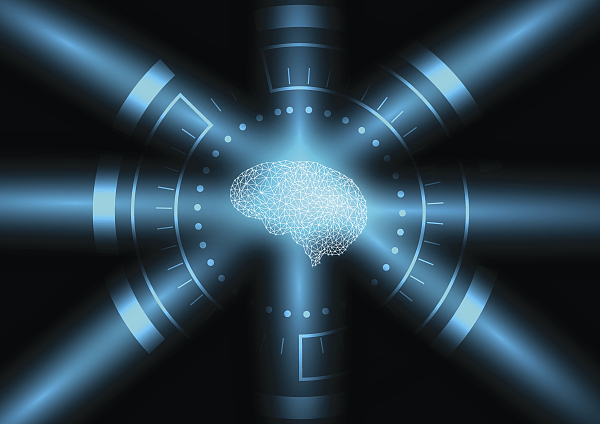
(File photo: VCG)
LOS ANGELES, Aug. 13 -- Researchers at University of Utah Health are using machine learning to draw links between genetic controls that shape incremental steps of instinctive and learned behaviors, according to a study published in Cell Reports on Tuesday.
"Patterns of complex behavior, like searching for food, are composed of sequences that feel random, spontaneous and free," said Christopher Gregg, assistant professor in Neurobiology and Anatomy at University of Utah Health and senior author of the study.
"Using machine learning, we are finding discrete sequences that are reproduced more frequently than you would expect by chance and these sequences are rooted in biology," he said.
The research team is venturing into the new territory of behavioral sequencing. "We are trying to understand the architecture of complex behavior and how genetics shape these patterns," said Gregg.
The team evaluated 190 mice with differences in their genetics and age as they moved from their home into a uniquely created "arena" to evaluate the set of behavioral sequences expressed while foraging for food.
In the search for food, mice exhibit behaviors that require many neural systems to control seeking-behaviors, anxiety, reward, preservation, hunger, satiety, attention, navigation and memory. The new methods revealed that different genetic and age effects influence different sequences, according to the study.
At this time, the study has only explored the building blocks of foraging behavior in lab mice. Gregg believes the methodology could be applied to understand the basis of other complex behavior patterns and learn the specific genomic elements that shape behaviors leading to disease in humans, including obesity, addiction, fear, anxiety and psychiatric disorders.


